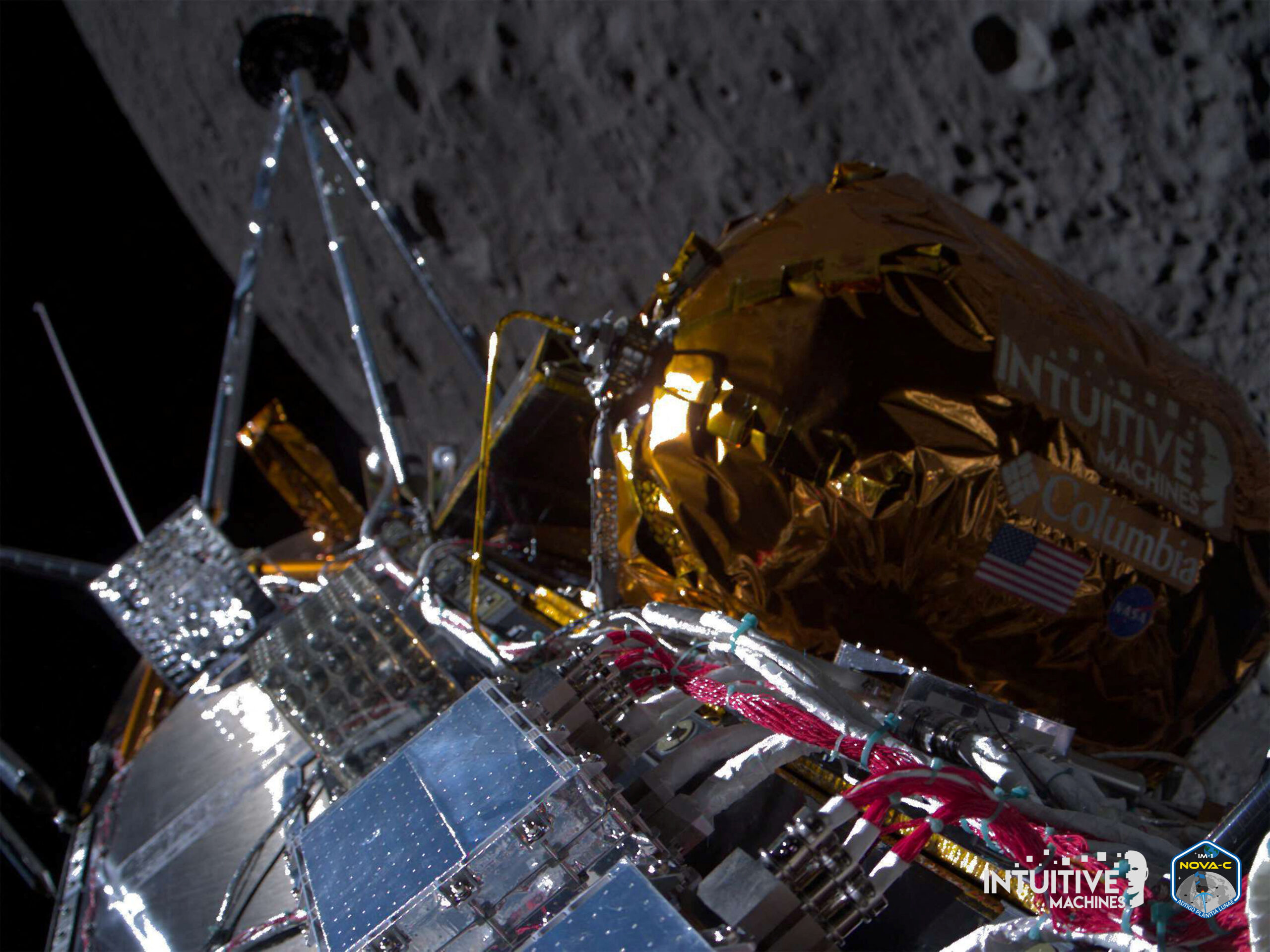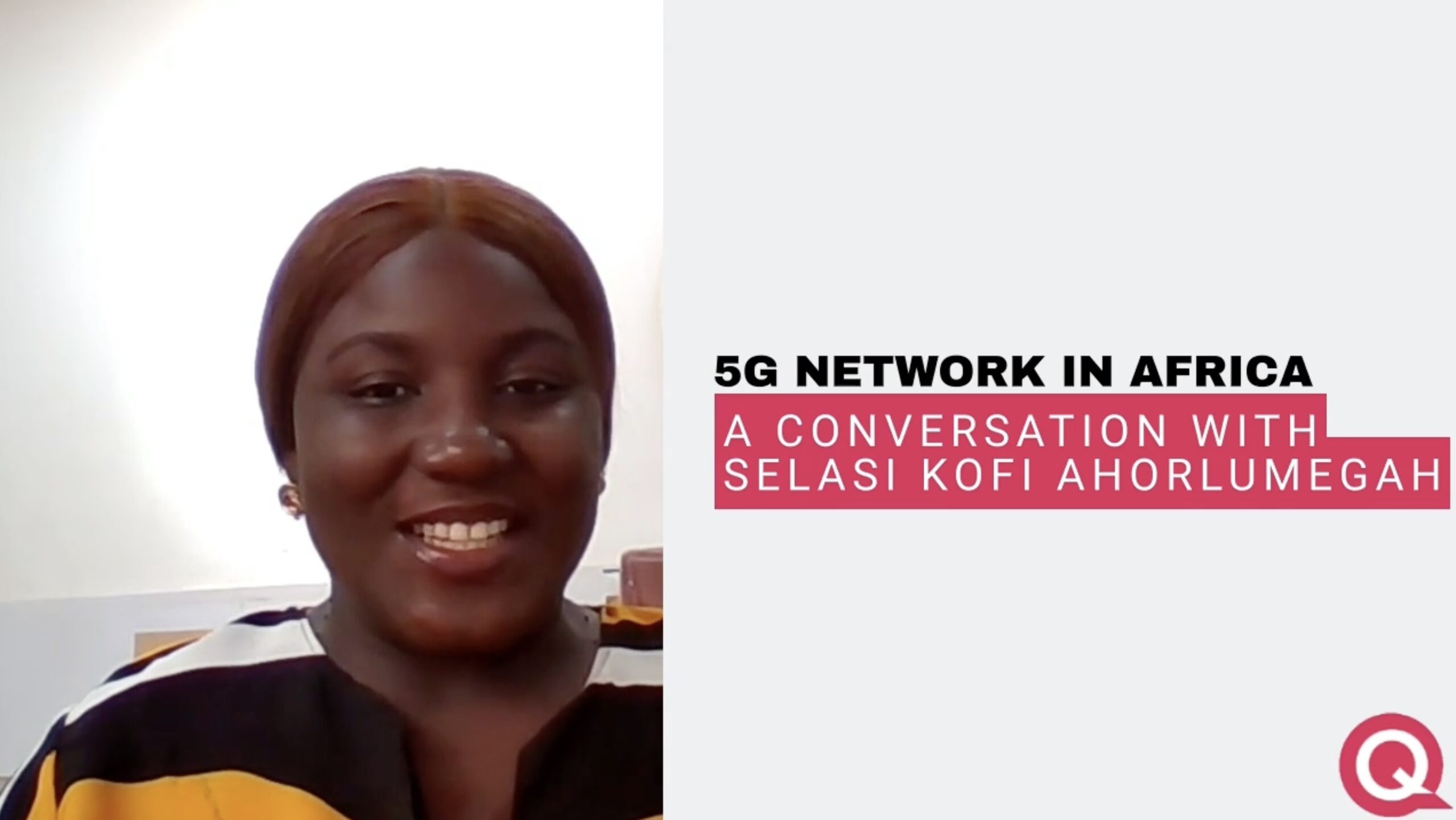Is there a secret to longevity? This health expert says 1,000% yes
In the era of social media, post-COVID, and with mental health at the forefront, a shift is taking […]

A spacecraft constructed and operated by Intuitive Machines, a Texas-based company, made a landing near the moon’s south pole on Thursday. This event marks the first U.S. touchdown on the lunar surface in over fifty years and represents a historic achievement by the private sector, marking a significant milestone in space exploration.
NASA, with various research instruments onboard the spacecraft, celebrated the landing as a crucial step toward its objective of deploying a fleet of commercially operated spacecraft for scientific exploration missions to the moon. These missions are intended to precede the planned return of astronauts to the moon later in the decade.
However, initial communication challenges following the landing raised concerns about potential impairments or obstacles affecting the vehicle’s condition or functionality.
The unmanned robot lander, named Odysseus, successfully touched down around 6:23 p.m. EST (2323 GMT), according to a joint webcast from Intuitive Machines’ mission operations centre in Houston.
The landing concluded a tense final approach and descent, during which an issue arose with the spacecraft’s autonomous navigation system, necessitating last-minute adjustments by ground engineers.
Following an expected radio blackout, it took some time to re-establish communication with the spacecraft, located approximately 239,000 miles (384,000 km) from Earth. Upon regaining contact, the signal was weak, confirming the landing but leaving uncertainty about the vehicle’s exact status and orientation.
Despite these challenges, the company later confirmed that Odysseus was upright and transmitting data.
The weak signal raised the possibility that the spacecraft might have landed near a crater wall or encountered some other obstruction affecting its antenna, potentially complicating its primary mission objectives.
Nevertheless, NASA Administrator Bill Nelson hailed the achievement, emphasizing the significance of the landing in advancing lunar exploration efforts.
Odysseus, equipped with scientific instruments and technology demonstrations, is tasked with operating for seven days on solar energy before sunset at its polar landing site. The mission aims to gather crucial data on various aspects of the lunar environment to support future exploration endeavours.
The successful landing represents a significant milestone for NASA’s Artemis lunar programme, which aims to return astronauts to the moon and establish a sustained human presence there. This initiative focuses on the moon’s south pole due to the presence of frozen water, which could support life and serve as a resource for fuel production.
The landing of Odysseus is a pivotal moment under NASA’s Commercial Lunar Payload Services (CLPS) programme, which aims to deliver instruments and hardware to the moon at reduced costs through partnerships with private companies. While this approach offers opportunities for innovation and cost-effectiveness, it also comes with inherent risks, as demonstrated by recent challenges faced by other private lunar missions.
Despite these risks, the successful mission by Intuitive Machines underscores the potential of collaboration between NASA and private industry in advancing space exploration goals.

In the era of social media, post-COVID, and with mental health at the forefront, a shift is taking […]

With its fast speeds and revolutionary potential, 5G stands out as a noteworthy milestone in the field of […]